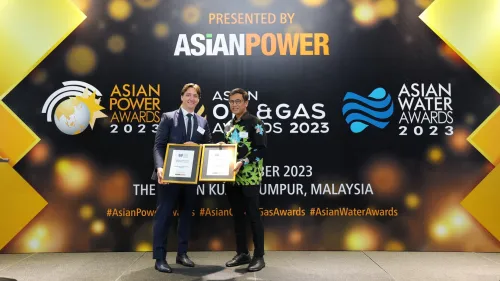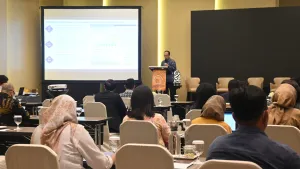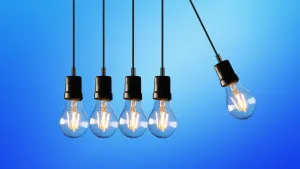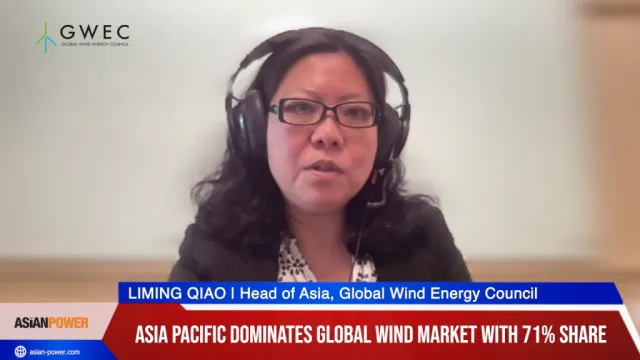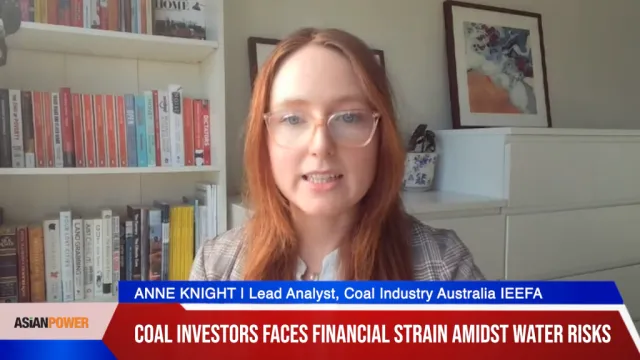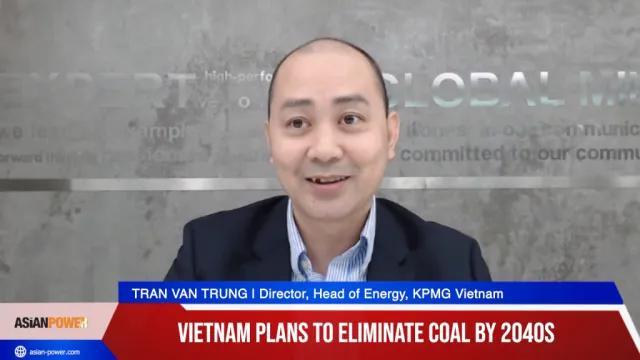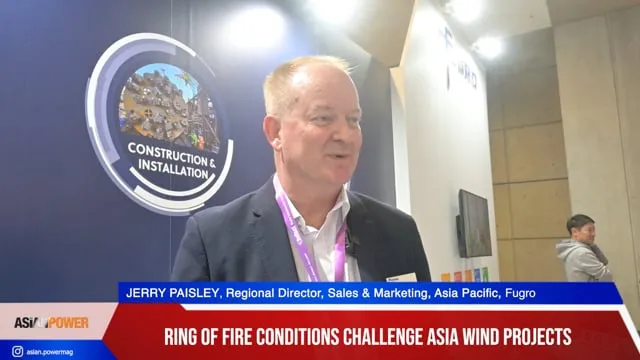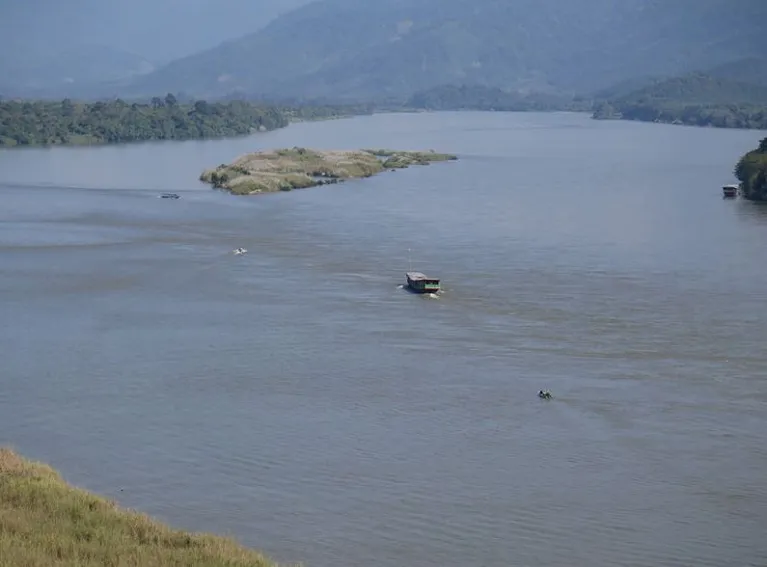
Analysts brace themselves for a likely conflict to spark from Mekong River's hydro potential
More aggressive protests against building more dams are being feared.
Over the past few decades, the growing need for energy and the desire for economic growth have driven regional economies in the Lower Mekong Basin to increase their pace of building up hydropower capacity along the Mekong River.
According to BMI Research, this trend will continue to have complicated social, economic and environmental impacts on the countries in the region, further exacerbating the effects of climate change.
"As such, we believe that regional governments (particularly Vietnam) and other significant stakeholders are likely to protest more aggressively against further attempts to increase the number of dams along the river, potentially creating more hurdles to hydropower development in the region," it said in a report.
Here's more from BMI Research:
The Lower Mekong Sub-region could see a rise in conflict over the coming years as the growing need for power, as well as the desire for economic growth, drives the previously war-torn nations in the region to ramp up their hydropower capacity in the Lower Mekong River to the detriment of others.
In particular, Laos' desire to become the battery of Southeast Asia by harnessing the river's hydropower potential has significant economic and social repercussions for the countries around the Lower Mekong Basin. At the same time, Cambodia's concurrent attempt to build up its hydropower capacity will further exacerbate the effects of climate change in the region, as well as intensify the environmental, social and economic issues surrounding the construction of river dams.
Given that Vietnam and Cambodia both have significant stakes in the Lower Mekong Basin (particularly their agricultural sectors), we believe that Laos' attempt to ramp up its hydropower capacity will face increasing objections from stakeholders and governments in the region. In particular, Vietnam's economy and its river delta, which already face high risks from climate change, will be adversely impacted by Cambodia's and Laos' plans to build dams on the river.
The Mekong River is a trans-boundary waterway located in Southeast Asia which runs from the Tibetan Plateau in China, through Yunnan province, Myanmar, Thailand, Laos, Cambodia, Vietnam, and into the South China Sea. The Mekong Basin can be further divided into two parts, namely the 'Upper Mekong Basin' in Tibet, Yunnan, and Myanmar, as well as the 'Lower Mekong Basin' in Laos, Thailand, Cambodia and Vietnam. Most of the Mekong River's waterflow (80%) comes from its tributaries in the Lower Mekong Basin, which is home to more than 60mn people. According to some estimates, around 80% of the population rely directly on the river system for food, drinking water, and their livelihoods. The river system is also home to one of the most diverse biodiversities in the world, supporting over 1,000 animal species including over 560 endemic fish species.
Given the vast human population and ecosystems which are dependent on the river, proposed plans to build numerous dams along the river's mainstream and tributaries have thus raised significant concerns due to potential changes in the river flow. The accumulation of major hydroelectric dams on the river and its tributaries will not only result in the loss of forest and farmlands, it will force the eviction of local communities, destroy fisheries, damage riverbeds, cause more erosion, and dramatically reduce the amount of silt and sediment transported downstream, all of which will have significant social, ecological and economic implications.


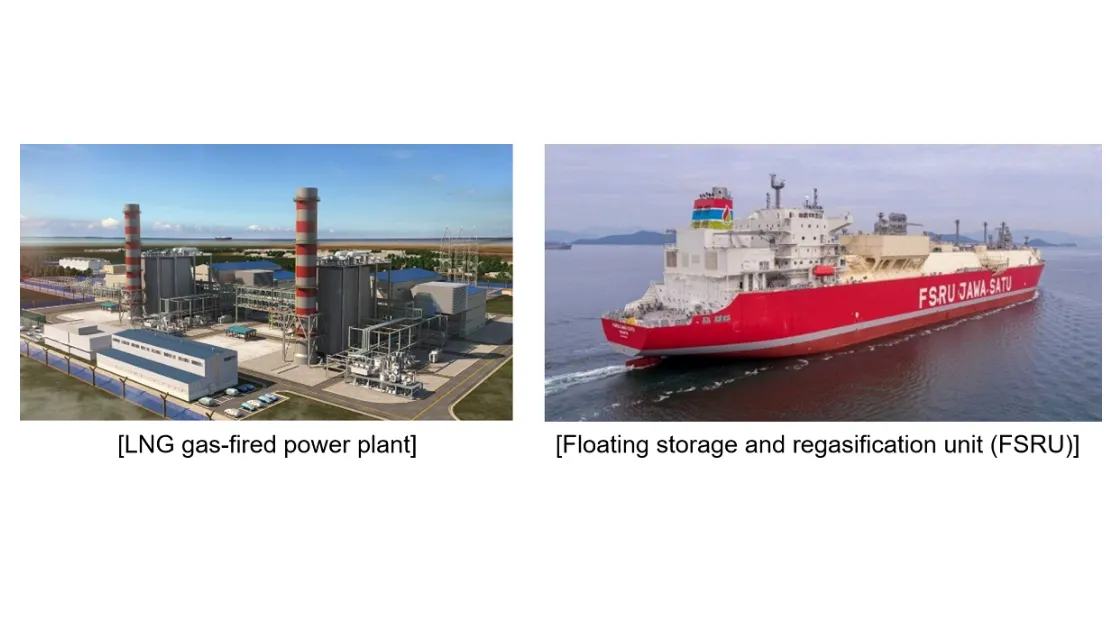
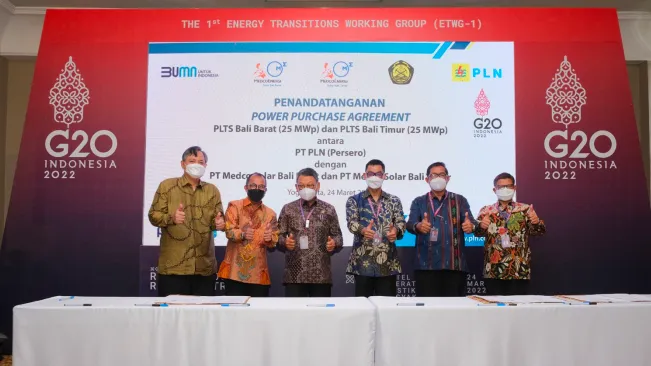
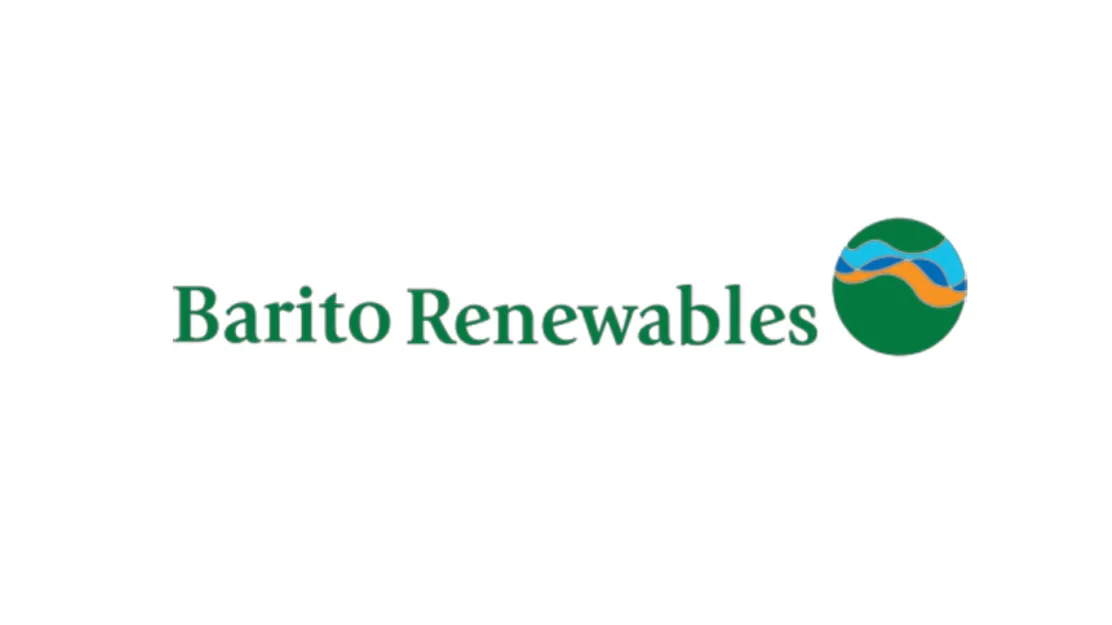

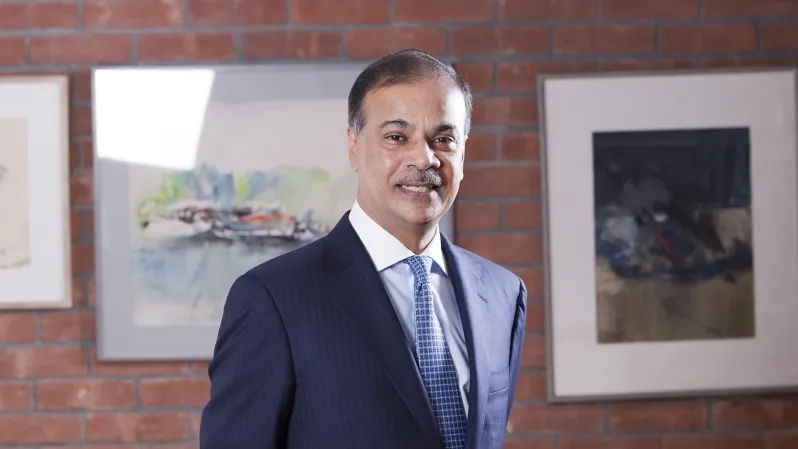
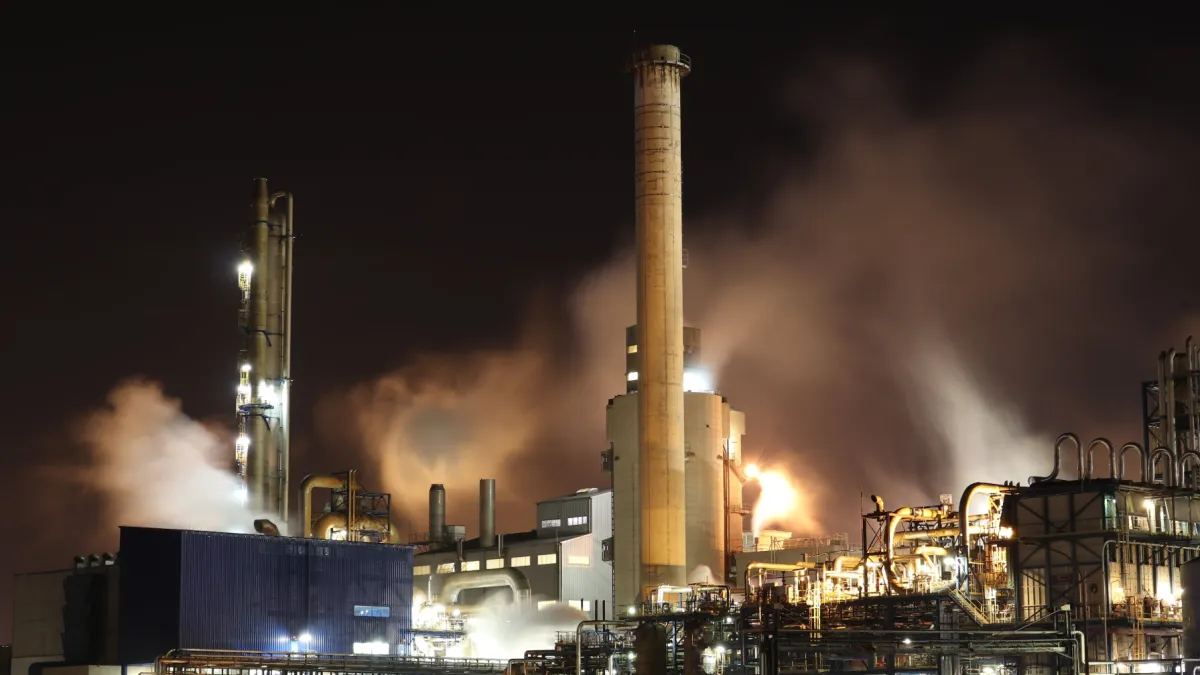

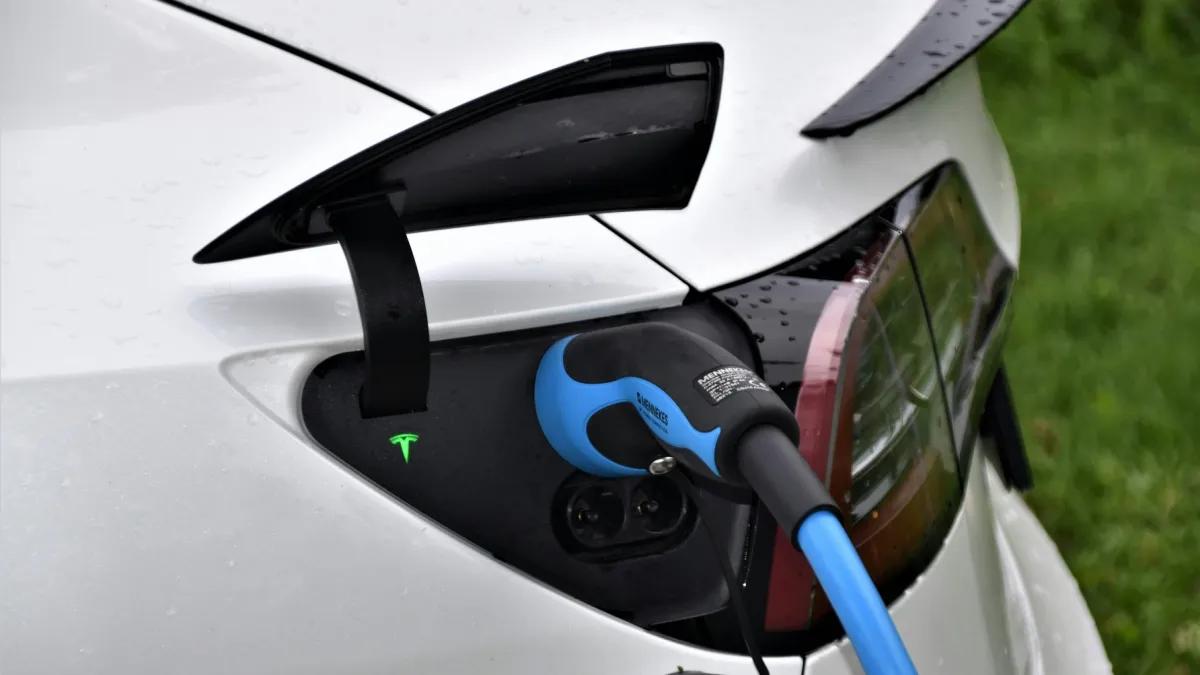
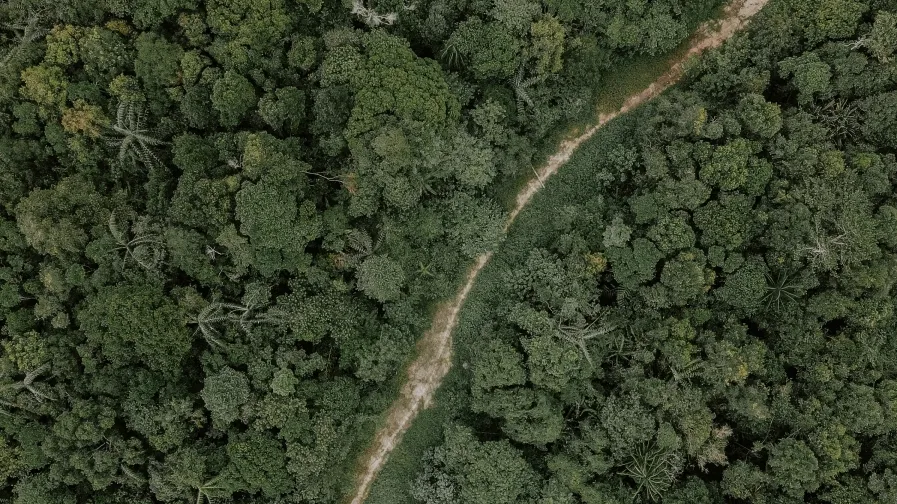


 Advertise
Advertise
